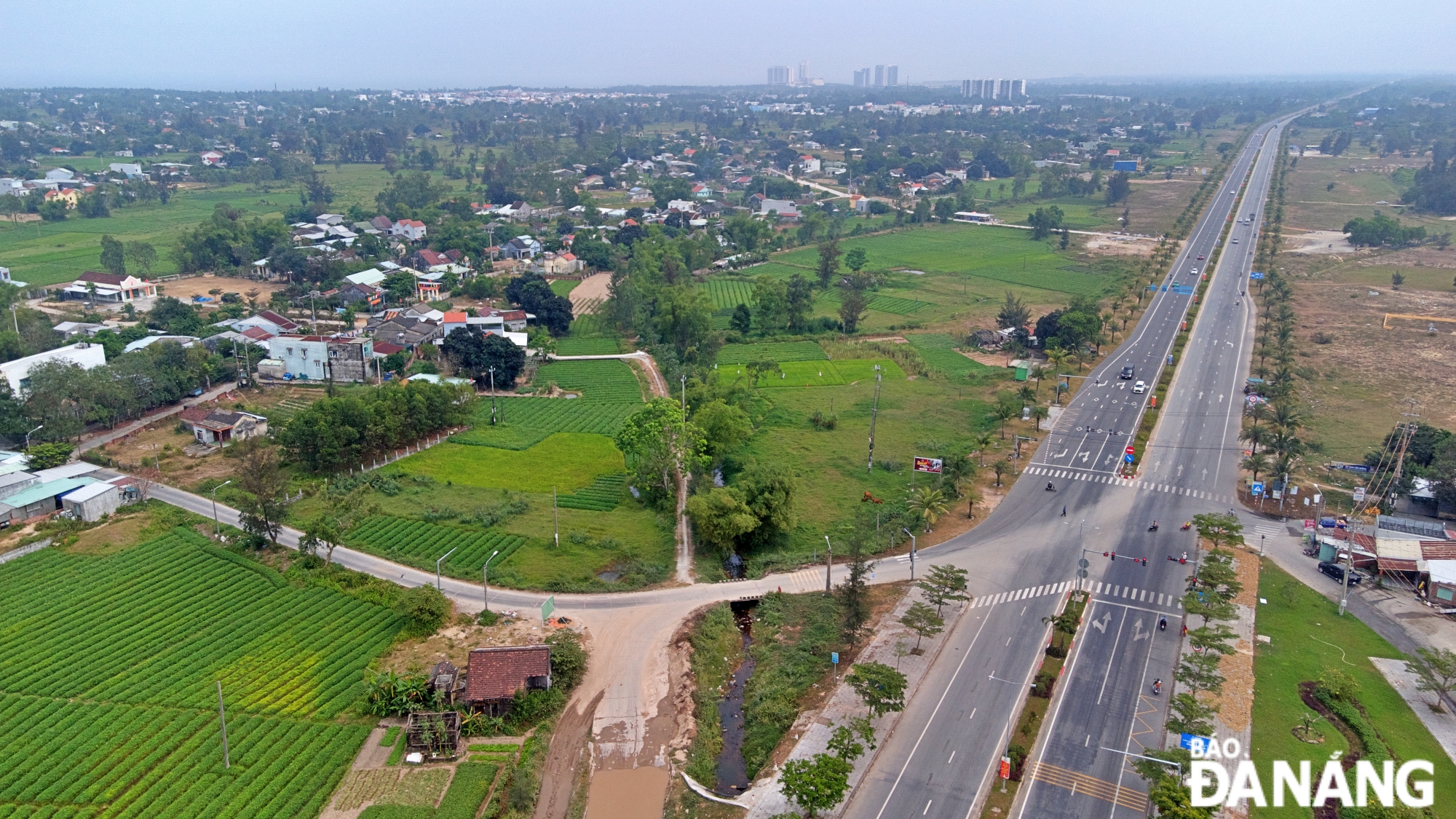Da Nang students invent eco-friendly material press machine
With a passion for scientific research, and a sense of responsibility for the community, a group of students from the University of Technology and Education, a member school of the University of Da Nang have successfully designed a press machine to produce plates and bowls from readily available materials like coconut husks, areca sheaths and banana leaves. These eco-friendly products are easily decomposable, an ideal alternative to plastic items, especially single-use ones.
 |
| A group of students from the University of Technology and Education has successfully created a a pressing machine that produces plates and bowls from readily available materials |
According to Dr. Bui He Thong, a lecturer of the Faculty of Mechanics, University of Technology and Education, who guided the group of students to complete the project, the invention of this above-mentioned press machine from available materials such as coconut husks, areca bracts, banana and lotus leaves not only solves the problem of consuming green products, but also helps develop a sustainable economy.
This source of raw materials is easy to find in the central provinces and it is low-cost, and easily biodegradable, creating an effective resource reuse cycle, protecting the environment. The research, design and manufacture of the machine is not only to provide technological solutions but most importantly to promote a green lifestyle in the community.
Holding a passion for research, Le Van Tuan, Dang Huu Tai, Mai Xuan Son, Phan Tan Sang, Ho Van Ly, all studying at the Faculty of Mechanical Engineering, have worked hard to research and test the project. After many failures, the group finally succeeded, meeting all the criteria set by the group.
As a member of the research team, student Dang Huu Tai said that the press machine’s components include hydraulic power and control system, heating system, compressed air cleaning system and ultraviolet (UV) sterilization.
When the machine is activated, the heating system begins to operate, with the temperature controller increasing the temperature to around 120-180°C for 60-90 seconds, he explained.
Next, the machine cleans the material with high-pressure air blast to remove dirt.
The material is then shaped by the hydraulic press, with a piston exerting force, cutting and combining with high temperatures. The finished product is then placed in a UV sterilisation chamber,
According to the research team, the most favourite part of this dish press machine but also the most difficult and time-consuming part to research is the force generation system.
The actual pressing force involves various forces to clamp the material, break the form of it and overcome friction between the material and the upper and lower moulds. After a period of experimentation, the team opted for a hydraulic control system to optimise the force required to create the finished product.
Another advantage is that the machine is compact, aesthetically pleasing, highly safe, and easy to use.
According to Dr. Bui He Thong, the pressing of dishes depends on the thickness or thinness of the material, so the product will be different because the material is from nature, so it cannot be as even as artificial materials.
If the mold is not standard, there will be some difficulties when cutting. For example, a plate made from areca spathe with a thick part will be more difficult to cut than a thin part.Then, to close the dish pressing process, when pressing the button again, the current is cut off, the 5/2 valve is closed, ending the process.
By researching, designing, and manufacturing an environmentally friendly plate and bowl pressing machine, the group of students hopes to provide new technological solutions while promoting a green lifestyle in the community.
To manufacture the dish pressing machine, the students received VND4 million worth of support from the school. The teacher and students contributed another VND2 million for project research.
Encouragingly, in the school-level Student Scientific Research Competition, the topic won first prize and was selected to continue to the final round of the City-level Student Scientific Research in the coming time.
Currently, there are a number of gardeners and farmers interested in ordering this product. In the coming time, the group will continue to develop and perfect the pressing machine system, in order to widely distribute products to the market, at prices suitable for consumers.
Reporting by MY DUNG - Translating by A.THU








